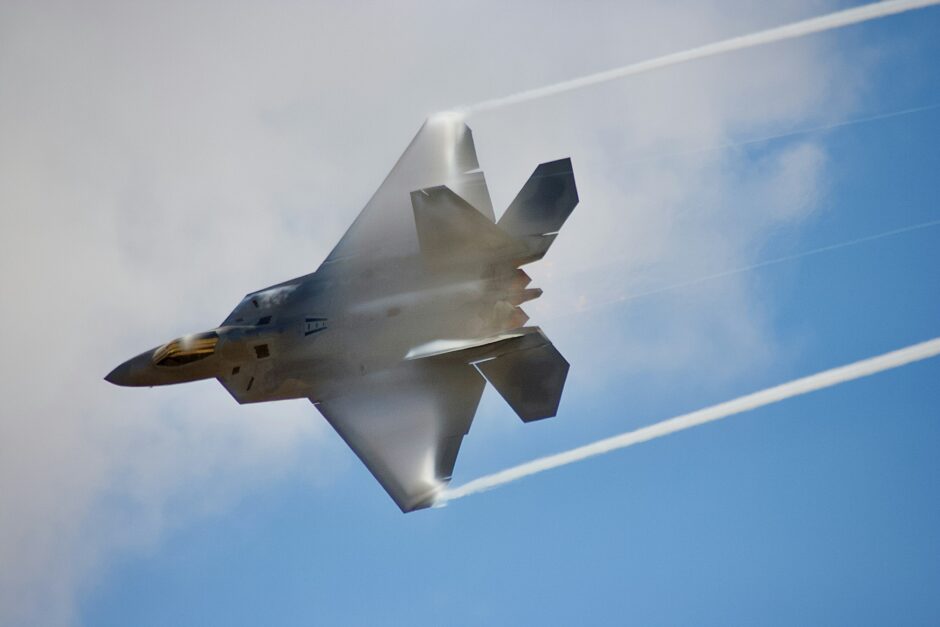The constantly evolving security environment in the Indo-Pacific Region is one that requires significant attention and robust initiatives to maintain stability and the rule of law. The region is a potential flashpoint for hostile confrontation, and the rising aggression from Beijing poses a particular challenge for neighboring states. To combat China’s threat, the Free and Open Indo-Pacific (FOIP) concept has become a key feature of various foreign policy and security strategies in the region. Although initially introduced in 2006, it was not until the late Prime Minister Shinzo Abe’s second term that Japan became the first state to establish it as an official strategy in 2016. The United States followed suit in 2019, and since then, several states have put down their own Indo-Pacific strategies. Beijing has of course condemned the concept as merely a tool meant to contain China. And even though that’s partially true, that is neither the whole story nor necessarily a bad thing.
The irony of Beijing’s condemnation at face value does not go unnoticed. If a concept that seeks to ensure the promotion of ‘the rule of law and freedom of navigation, economic prosperity, and a commitment to peace and stability’ (these are the three pillars outlined by the Japanese Ministry of Foreign Affairs) is seen as a tool simply to counter China’s meteoric rise, that says more about Beijing’s own lack of commitment to international law. Such a concept and related strategies are not inherently antagonistic towards Beijing, nor do they have to be. Beijing could just as well decide to accept and uphold these pillars alongside the rest of the region, but it doesn’t, and as a result, the rise of Indo-Pacific security strategies have been propelled to the forefront. In this sense, Beijing’s condemnations (while somewhat ironic) do have some truth to them, however, concerns about China as a threat are very much legitimate and have thus provided a path to the expansion of the FOIP concept and its related strategies in recent years.
One can make the case that it is Beijing that has put itself in a position where it needs to be contained. Its tendency to act provocatively towards its neighbors only serves to destabilize an already tense regional security situation even further. The South China Sea, while a complex situation relating to maritime boundaries involving several states, is claimed in its entirety by China’s ‘nine-dash line’. Both the Philippines and Indonesia have recently expressed concerns about the presence of Chinese warships in the region, as well as recent reports of Chinese vessels pumping cyanide in the contested waters. Such transgressions are nothing new as Beijing rejected and ignored a ruling by the International Court of Arbitration in 2016, in which it ruled in favor of the Philippines regarding its maritime disputes. Beijing has also ramped up its threats toward Taiwan, including military shows of force in the Taiwan Strait, which continue to undermine security and stability in the region. Beijing also claims the Japanese Senkaku Islands, which see sporadic clashes between Coast Guard vessels, and the Japan Air Self-Defense Force scrambles fighter jets hundreds of times per year in response to Chinese military aircraft within its Air Defense Identification Zone. Regardless of its intentions, Beijing repeatedly demonstrates a complete disregard for the rule of law/international conventions and the sovereignty of its neighbors, let alone its domestic violation of human rights.

The question is not whether or not the FOIP is a tool meant to contain China, but rather how it can best contain China and ensure the rule of law and sovereignty in the region. While there are significant overlaps between individual strategies, a good starting point could be a more unified and multilateral approach, progressing the FOIP as a formal regional framework. Significant developments have already been made, such as the Quadrilateral Security Dialogue (Quad) between the United States, Japan, India, and Australia, that was reestablished in 2017, and the Indo-Pacific Economic Initiative for Prosperity (IPEF) that was launched in 2022. A good path forward would be to expand these initiatives, with a specific point of controversy being Taiwan. The island state was not invited to IPEF, but its inclusion, while likely to draw the anger of Beijing, would send a strong message that the de facto sovereign state is an integral part of the security complex in the region and not to be undermined. Once again, Beijing’s condemnation of the FOIP as a whole, and IPEF in particular as “inciting confrontation”, remains contradictory. Beijing’s own aggressive policy incites confrontation, and there would not be a need for exclusionary frameworks should Beijing refrain from its overtly hostile behavior.
Criticism that a robust framework, such as potential military alliances, which excludes China and focuses on containing it risks inciting confrontation and would only push it to become more aggressive, largely fall flat. The absence of Quad between 2008 and 2017 is a great example demonstrating that Beijing did not restrain its behavior, but rather ramped up its aggressive posturing. China’s inclusion in the Regional Comprehensive Economic Partnership (RCEP) has also done little to dissuade it. Beijing seeks to rearrange the rules-based system in the region towards its own benefit, with no regard for its neighbors. It has shown little inclination to use diplomatic means, but has rather employed military coercion and threats of force as its main tactics in the region. While there are risks associated with establishing formal multilateral military alliances, failing to deter China might prove to be a costly mistake, and the expansion of the Quad could go a long way to facilitate that deterrent. It is and would be a defensive framework focusing on containment and denial, not an aggressive or invasive one as Beijing would like to paint it. While any formal multilateral defense alliance remains unlikely in the near future, commitment to enhanced security and military cooperation is a given and has been announced by all four partners.
There are many questions that remain to be answered and it is difficult to predict what the future may hold. However, it is abundantly clear that something needs to be done to contain Beijing’s aggressive play for hegemony. It poses a significant threat to the sovereignty of its neighbors, the security situation and stability in the Indo-Pacific region and, by extension, the world as a whole. We are already seeing developments that seek to consolidate the Free and Open Indo-Pacific concept as a formal multilateral framework, and it is imperative that such commitments to uphold the rule of law, sovereignty and freedom in the region are bolstered to prevent Beijing’s subversion of such ideals. ‘Merely a tool meant to contain China’ or a genuine effort to safeguard the rule of law, sovereignty, and freedom? The Free and Open Indo-Pacific is and can be both, and that is exactly the way it should be.



